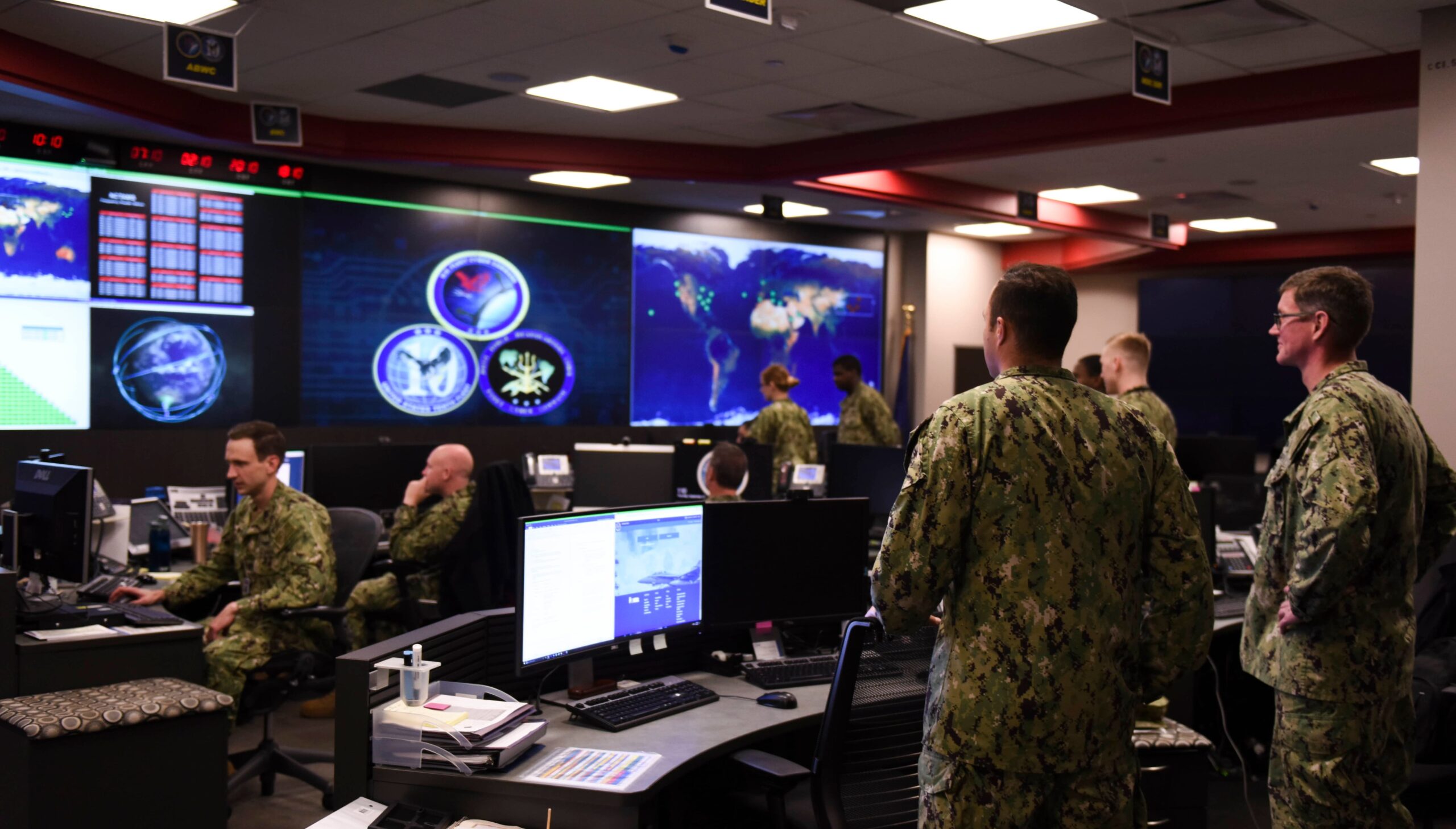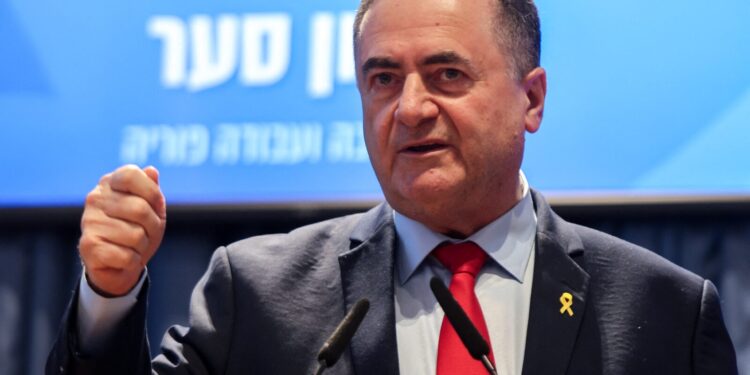The military forces of Israel said they carried out strikes in southern Syria on Tuesday, just hours after Syria’s new leadership demanded that Israel withdraw from the territories it had taken following the collapse of the Assad administration.
According to a statement from the Israeli military, the operation was focused on several military facilities located in southern Syria.

These included command centers and storage areas believed to hold weapons. The statement also claimed that the existence of weapons and soldiers in southern Syria puts Israeli citizens in danger.
Israeli Officials Outline Their New Strategy
Late Tuesday, Israel’s defense minister, Israel Katz, described the strikes as part of a newly adopted policy meant to maintain what he called a “demilitarized southern Syria.”
He warned that both Syrian military personnel and armed groups who try to establish themselves in Israel’s self-declared security zone would be confronted with force.
This new position was made public by Prime Minister Benjamin Netanyahu during a Sunday speech, where he demanded that the Syrian government remove all military presence from its southern territory. That statement, along with the military strikes, drew sharp criticism from Syria’s newly formed government on Tuesday.
Ahmed al-Shara, who is currently serving as Syria’s interim president, chaired a national unity conference that same day. The event was designed to create agreement on the country’s future political and economic direction.
At the conclusion of the meeting, leaders issued a statement condemning Israel’s military actions and rejecting what they described as inflammatory remarks from Netanyahu.
Syria’s government insisted that Israel was violating Syrian territory and ignoring international agreements. They also urged the global community to intervene and press Israel to end the attacks.
Israel’s Continued Air Raids Raise Concerns
Israeli strikes within Syria are not new. Even before Bashar al-Assad was ousted from power, Israeli forces were active in Syria, saying they wanted to block Iran from sending weapons and money to Hezbollah in Lebanon.
Since Mr. al-Shara assumed leadership following Assad’s removal, Israel has captured areas near the border and continued to strike Syrian military targets.
A report from the Syrian Observatory for Human Rights, a British-based organization that monitors the war, stated that there have already been 16 Israeli strikes in Syria this year. Most of these were carried out through air raids, though two were from the ground.
Though Israel had already made it clear that its troops would remain close to the Syrian border in areas meant to be monitored by peacekeepers, its recent declarations about demilitarizing the region have increased the tension within Syria.
During his speech, Mr. Netanyahu specifically mentioned Quneitra, Dara’a and Sweida provinces as areas where Israeli forces would not tolerate the presence of Syrian troops.
By Tuesday, state news reports from Syria showed that protests had broken out in Sweida as a response to both the strikes and Netanyahu’s comments. Syrian media and the observatory also reported similar protests in Quneitra and Dara’a on Monday and Tuesday.
Occupation Fears Grow Among Syrians
After Assad’s government fell, Israeli troops entered Syrian villages near the border, saying these operations were temporary and meant to protect Israeli citizens. But the frequency of the air raids through January and February has made Syrians worry that the presence of Israeli forces could become long-term.
Mr. al-Shara and his government have been working toward creating a national army that would unite Syria’s many local militias. But not all groups have been willing to cooperate. Some continue to control large parts of land, including farmlands and oil sources.
Many Syrians have begun to interpret Israel’s recent actions as efforts to create more division and prevent unity from taking hold across the country.
Several United Nations members and officials have also spoken against Israel’s military actions, saying the country is breaking a cease-fire agreement that dates back to a Security Council resolution passed in 1974.
That agreement established a buffer zone to prevent direct conflict between Syria and Israel following their war in the 1970s.

Israeli Strike Also Hits Lebanon
In addition to the operations in Syria, Israel’s military said on Tuesday that it also launched an attack inside Lebanon. Their target was a group they described as militants working in a facility tied to Hezbollah’s weapons manufacturing and storage.
The Lebanese health ministry reported that the strike left two people dead and three others injured, though it did not identify whether they were civilians or militants.
Since October 7, 2023, when the Gaza conflict escalated after a Hamas-led attack, Israel has been active on more than one front. That same attack triggered Hezbollah fighters in Lebanon to begin launching missiles and drones at northern Israel as a show of solidarity with Hamas.
Though a cease-fire agreement between Israel and Lebanon was reached in late November, Israel has continued launching strikes at what it calls Hezbollah-linked locations.
Ongoing Deal with Hamas on Hostage Exchanges
A cease-fire arrangement between Israel and Hamas is now approaching the completion of its first phase. As part of that agreement, Palestinian prisoners held by Israel are being swapped for Israeli hostages captured during the initial Hamas attacks.
Hamas stated on Tuesday night that talks involving mediators had succeeded in reviving an agreement to move forward with the release of additional Palestinian detainees. Israel had delayed this process after six of its hostages were released, citing concerns about how Hamas had publicized their release.
Israeli media reported shortly after midnight on Tuesday that the exchange would happen within the next 24 hours, and that Hamas would also return the bodies of four hostages who had died.






















